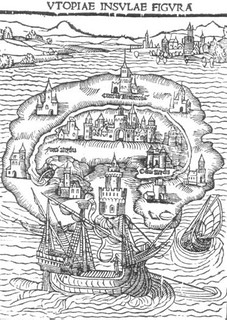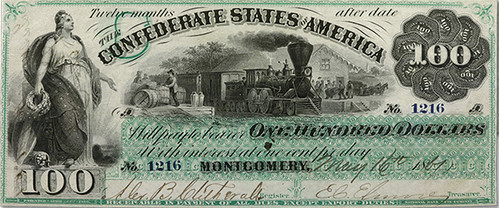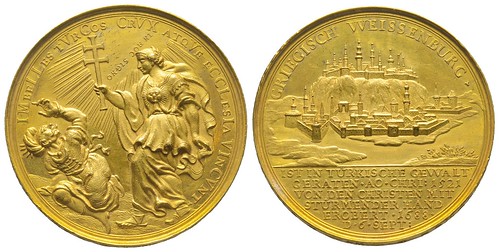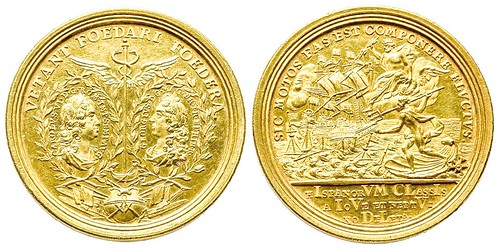
PREV ARTICLE
NEXT ARTICLE
FULL ISSUE
PREV FULL ISSUE
V25 2022 INDEX E-SYLUM ARCHIVE NOTES FROM E-SYLUM READERS: FEBRUARY 6, 2022
Thomas More's Utopia "I am looking for something (anything!) on Thomas More's Utopia and the choice he made in it to eschew silver and gold, trying somehow to get away from the idea of commerce and trade (but I guess particularly coinage). I'd love to read what anyone has to say about this!" I found no references to the 1516 book in The E-Sylum archive, and only one on the Newman Portal: https://nnp.wustl.edu/library/book/529781?page=36 - and that's just a citation to a Yale University Press publication for an irrelevant mention. Can anyone help? Sounds like an interesting topic. -Editor
For more information, see:
How High Exactly? "Are you aware that in the article, "HIGH GRADE CONFEDERATE MONTGOMERY NOTE", you never listed the grade? I had to go to the original article to find out it was graded as a Choice Uncirculated 63." I wasn't, but my response to Ken was, "Made you look! We rarely discuss grades or prices - there are plenty of other places to read that. Our readers and I don't need PMG to tell us it's a nice note - the image was enough." -Editor
To read the earlier E-Sylum article, see:
Answer: Gadoury Chronograms Spotted Last week I asked, "Who can spot the chronogram?" in the article about the March Gadoury sale of the Fernand David Collection. A chronogram is a hidden number, composed of letters that can represent a value in Roman numerals. Per Dick Johnson's Encyclopedia of Coin and Medal Terminology, a Chronogram is "Lettering which contains a date in Roman numerals that are in larger size for emphasis. The letters I, V, X, L, C, D and M are contained in words. The lettering, most often found in the legend, either spell out the date in these Roman numerals, or the numerals add up to the intended date. The date is most charming when it is in typical order of the date in proper number sequence." Our winner is Andy Singer, the first (and only) reader to respond. In fact, Andy not only spotted the chronogram I had in mind, he spotted another one I'd missed. And for extra credit, he cyphered out the dates represented. Thanks, and congratulations! -Editor "Lot 668 (Belgrade) has a chronogram for 1688. The next medal, lot 735 (Messina), also has a chronogram for 1718." ((No. 668 - Retaking of Belgrade from the Turks, 1688. Gold medal by Friedrich Kleinert. Rare medal of utmost historical importance. Extremely fine. Estimate: 20,000 euros.)) ((No. 735 - Battle of Messina, 1718. Gold medal by G. W. Vestner. Very rare. Extremely fine. Estimate: 6,000 euros.))
To read the earlier E-Sylum articles, see:
Wayne Homren, Editor The Numismatic Bibliomania Society is a non-profit organization promoting numismatic literature. See our web site at coinbooks.org. To submit items for publication in The E-Sylum, write to the Editor at this address: whomren@gmail.com To subscribe go to: https://my.binhost.com/lists/listinfo/esylum All Rights Reserved. NBS Home Page Contact the NBS webmaster 
|




